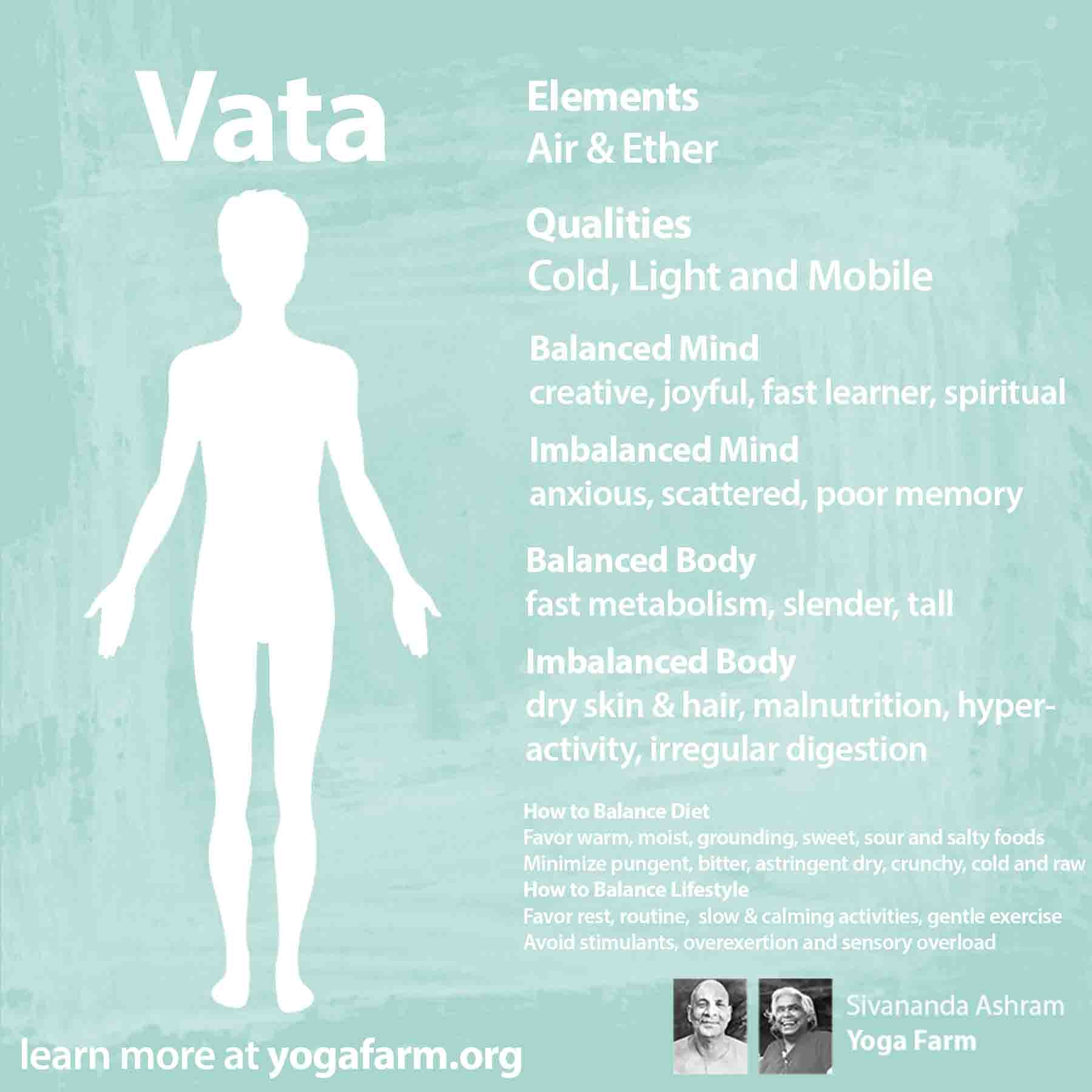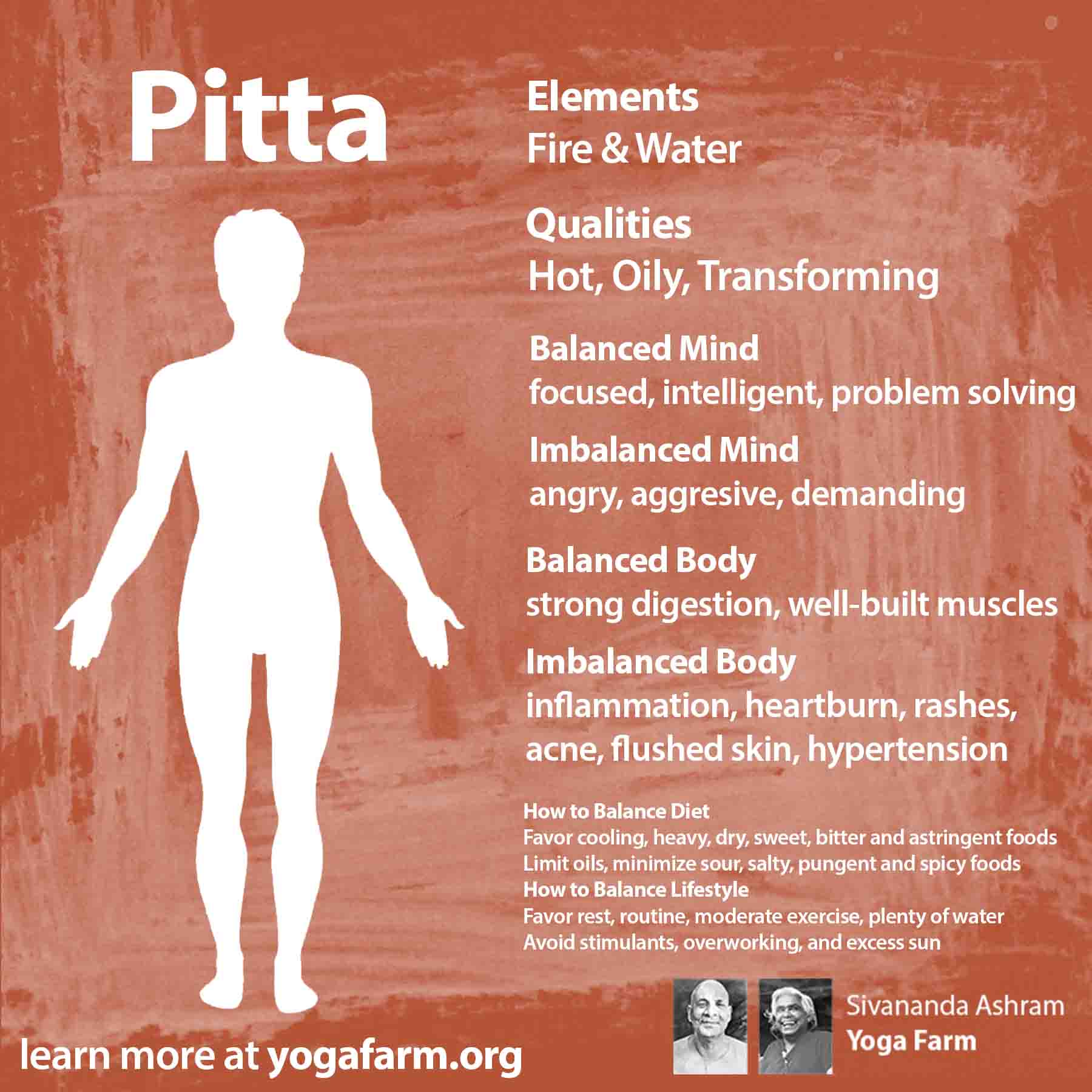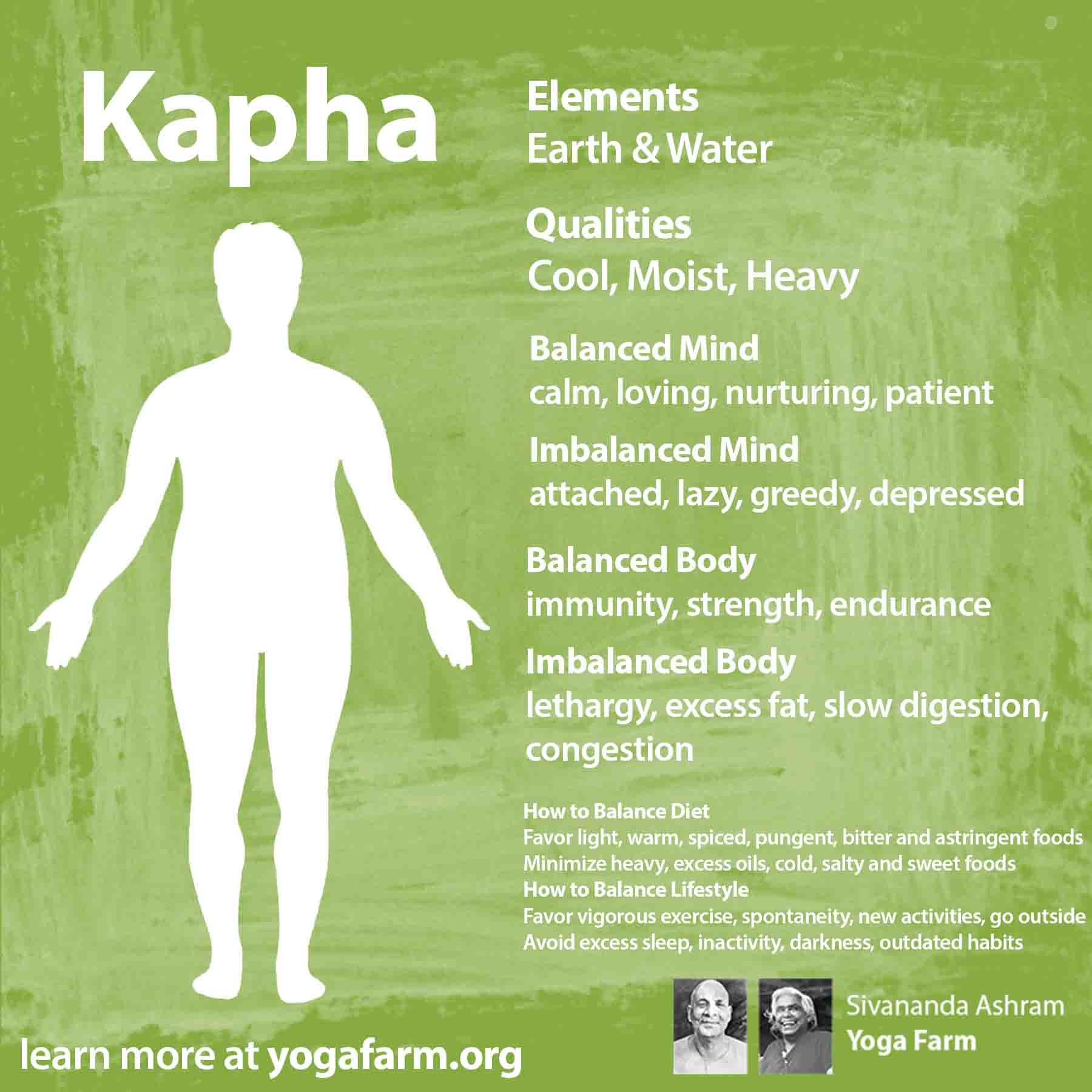AYURVEDA
What is ayurveda? | What are the 3 doshas? | What is disease according to ayurveda?
Ayurveda
Quote: “Health is Wealth, Peace of Mind is Happiness, Yoga shows the way”
– Swami Vishnudevananda
What is Ayurveda?
Ayurveda is the oldest known medical system. It is the Mother of all healing systems. It is a five thousand year old Vedic Science of life, (Ayur= life, Veda= knowledge, science). Ayurveda is the traditional healing system of India and the medical side of the yogic science.
It includes all methods of healing from diet, herbs, exercise and life style regiments to yogic practices and meditation. With its unique understanding of individual constitution, Ayurveda provides the insight for each person and each culture to create a way of life in harmony with nature and one’s higher Self.
As Yoga is the science of spiritual development aiming at Self-realization, so is Ayurveda the science of proper living aiming to establish perfect health in body and mind.
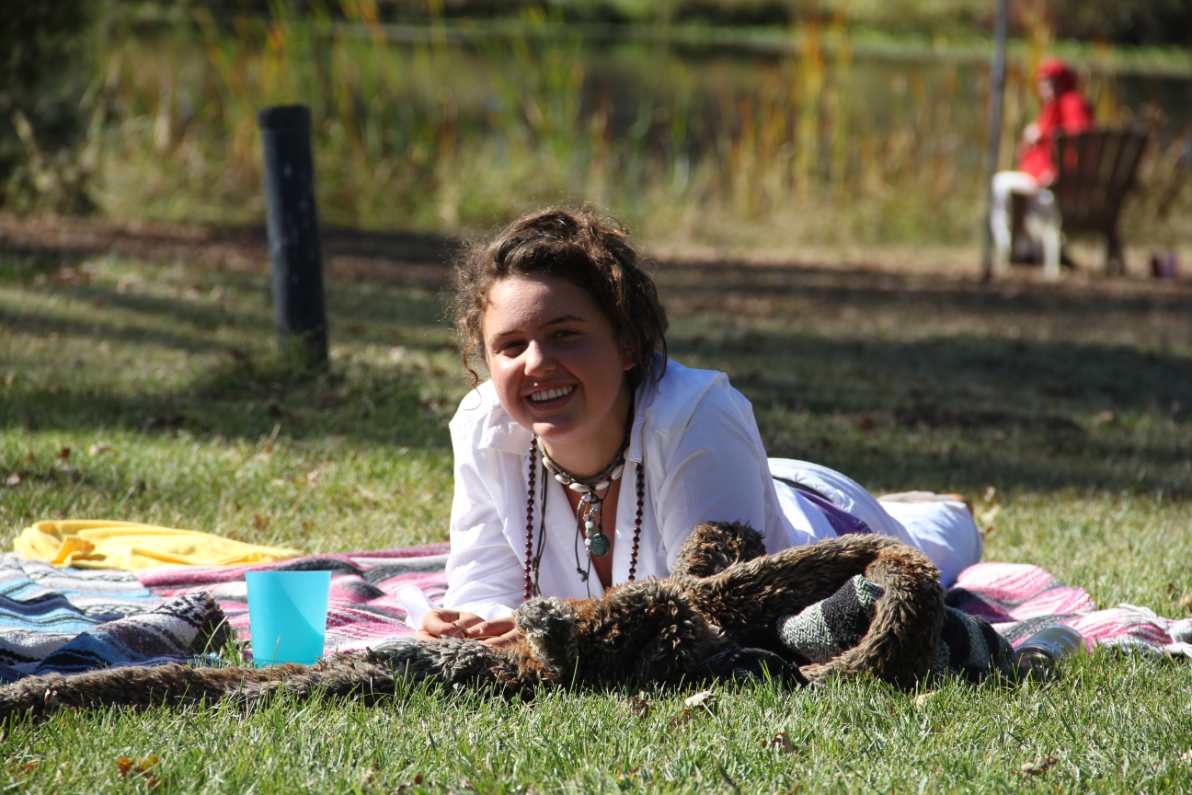
Health
Muscle development doesn’t necessarily mean a healthy body, as is commonly assumed. Health is often defined as proper functioning of all the bodily organs and systems with a general sense of well-being.
Ayurveda says that health is a state of overall well-being in body, mind, and spirit which comes from living in harmony with our individual constitution and the cycles of nature around us.
The Sanskrit word for health is “svastha” which means, established in the Self. When we are established in the truth of who we are there are no symptoms of disease both in body and in the mind.
Disease is defined as a lack of ease, especially related to a lack of ease of the pranic – vital life force – flow in the subtle body, which affects the mind and the physical body.
Ayurveda describes that there are three energetic forces in the body, made out of the five elements: ether, air, fire, water and earth. They determine our health and also our disease.
They are called the three doshas: Vata, Pitta, Kapha.
Prakruti: The Constitution
The human constitution, or prakruti, is the inherent ideal balance of the three doshas of the body within an individual. This ideal balance is determined at conception and does not change throughout a person’s lifetime.
The nature of imbalance or symptoms, or Vikruti, does change. A person’s constitution is an energetic force that expresses itself through their own unique genetic make up.
The three doshas determine:
– the physical and structural characteristics of our bodies.
– our internal physiological tendencies such as the level of our metabolism, and the strength of our digestive system, etc.
– our emotional tendencies and expression of our personalities.
We are healthy and can live up to our highest potential when we live according to our constitution and in rhythm with nature.
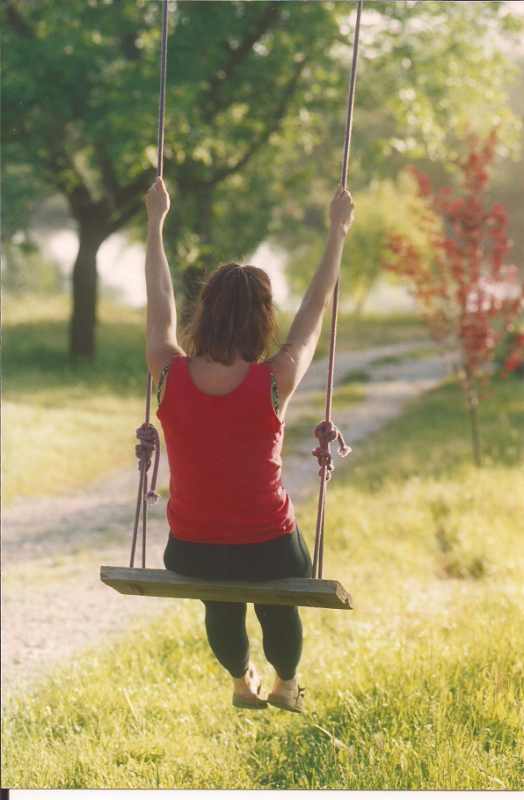
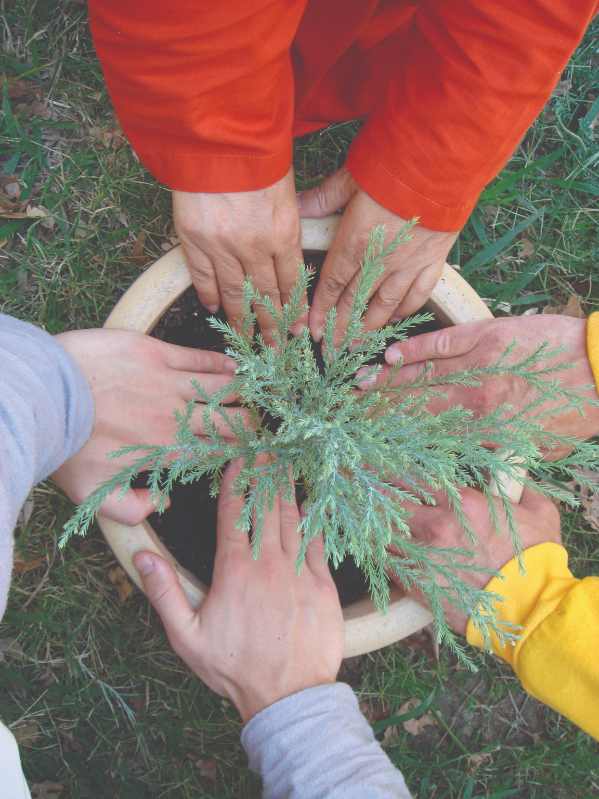
The Five Elements
The Veda scriptures recognize the universe as composed of the five elements:
- Earth
- Water
- Fire
- Air
- Ether (space)
The Three Doshas
Ayurveda recognizes three primary life-forces in the body, or three biological humors called Vata, Pitta, and Kapha. Each Dosha corresponds to two of the elements:
- Vata – Air and Ether
- Pitta – Fire
and Water - Kapha – Earth and Water
Everybody has all 3 doshas in them, but usually there is one that dominates. A person can be born into two prevailing doshas, but they will often have one that is more predominant. In some cases, a person can show many qualities of all three doshas, which is called tridoshic.
The term dosha literally means, that which darkens, spoils, causes harm or causes things to decay, but they only do so when functioning abnormally.
When functioning normally, they maintain the good health for the body and guide all the normal bodily processes.
Each Dosha has many more qualities based on their elements:
Vata- Air and Ether
- Dry, Cold, Light, Mobile, Subtle, Rough, agitated in qualities.
- Vata is the biological humor of air, also translated as wind.
- It means that which moves things.
- Governing action: movement
- Chief location: large intestine (colon), pelvic cavity, bones, hips, skin,ears, thighs, nerves.
- Chief symptom: pain.
- Other symptoms: Vata in excess causes emaciation, debility, liking of warmth, tremors, distention and constipation, as well as insomnia, sensory disorientation, incoherent speech, dizziness, confusion and depression.
Pitta- Fire and water
- Hot, Light, Oily, Sharp, Mobile, unpleasant in odor.
- Pitta is the biological humor of fire, also translated as bile.
- Its meaning is that which digests things.
- Governing action: digestion and metabolism
- Chief location: small intestine, lower stomach, blood, sweat glands, eyes, skin, liver.
- Chief symptom: fever.
- Other symptoms: Pitta in excess causes yellow color of stool, urine, eyes and skin, as well as hunger, thirst, burning sensation and difficulty sleeping.
Kapha- Water and earth
- Heavy, Cold, Moist, Dull, Sticky, Soft, Firm, Gross
- Kapha is the biological humor of water, also translated as phlegm. It means that which holds things together.
- Governing action: lubrication, structure and growth, stability, immune strength.
- Chief location: stomach, chest, throat, head, plasma, liquids of the body and synovial membranes, nose, fat, tongue, pancreas.
- Chief symptom: swelling.
- Other symptoms: Kapha causes depression of the digestive fire, nausea, lethargy, heaviness, white color, chills, looseness of the limbs, cough, difficult breathing and excessive sleeping.
Click images to expand:
The Dosha Timeline
Throughout life, the body has several transformations. Each person is born with their predominating dosha(s). However, as you age, the doshas change, which affect your mind, body and what types of diseases you are prone to.
From birth until adolescence, the kapha dosha is expressed more. For example, children tend to be very loving, have more fat, congestion and lubrication when they are young.
Starting with adolescence, the pitta dosha increases. This is the fire of transformation. It can often be seen manifesting as acne, angst, and changes in the body.
Entering the 20s, pitta starts to level off and maintains until it declines around age 50. It is the driving force and passion in life.
Vata increases with old age, causing the body to dry up and memory to decline. If kept in balance, however, vata qualities can bestow higher spiritual insight and joy.
Causes of disease:
- Forgetting our true nature as spirit.
- Unhealthy information through the sense organs
- Misuse or under use of the intellect
- Decay through motion and time
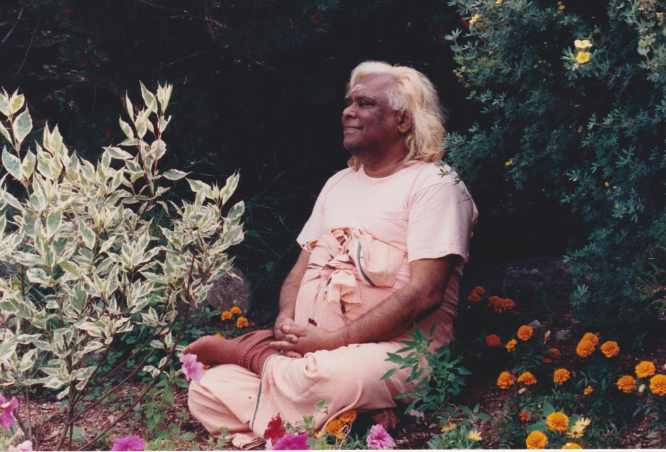

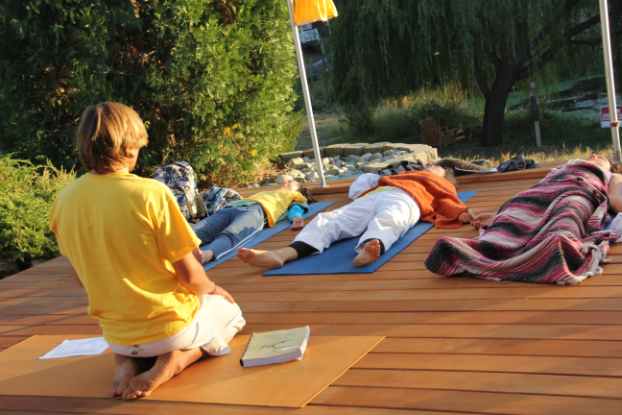
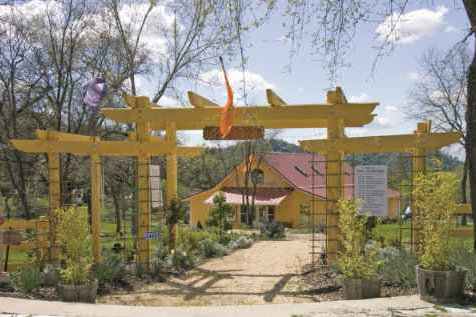
Ayurvedic consultation and treatment
A key focus in Ayurveda is working on establishing a constitutionally correct diet and lifestyle.
Ayurveda uses Yogic methods, like Yoga postures, breathing exercises, repetition of mantras, meditation, chanting and yoga cleansing techniques to treat both physical and mental diseases.
Ayurveda also uses treatment modalities such as prescription of herbal formulas, and oil massages.
Ayurvedic aromatherapy, color therapy, sound therapy, and Pancha Karma cleansing and rejuvenation programs are used accordingly.
The big difference between Ayurveda and Western medicine is that Ayurveda doesn’t treat symptoms alone.
It treats the whole person, acknowledging that each one of us is different in many ways and therefore the source of an imbalance and also the necessary form of treatment will be different.
Treatments can help calm and balance the doshas and increase wellness. Consultations will help you determine your dosha and what lifestyle changes, herbs and diet are best for you.
At the Sivananda Yoga Farm we offer ayurveda treatments, therapies, and consultations through our well-being center.
Yoga Teacher Training Course
Check out our 200-hour Yoga Alliance certified Yoga Teacher Training Courses offered twice a year in California, 3x in Vietnam, once in China and once in Japan.
Foundational Courses
Choose from upcoming courses for beginners and intermediate level students.
Yoga Vacation
Rejuvinate your body and mind. Experience and progress with daily Yoga classes. Learn the 12 basic asanas and pranayama. Enjoy daily meditation, chanting, and organic vegetarian meals.
Check out our Blog
OUR TEACHINGS
The contents you will find here are reproduced from the book “Essentials of Yoga Practice and Philosophy” compiled by Swami Sitaramananda.
Satsang
What is Satsang? What is Meditation? What is Kirtan Chanting?
5 Points of Yoga
Exercise, Breathing, Relaxation, Diet, Positive thinking and Meditation
Health
What is True Health? What is health of body, mind, and spirit?
Prana
What is Prana? How can I access prana? What is kundalini energy?
Raja Yoga
What is Raja Yoga? What are the eight limbs? What is ashtanga yoga?
Jnana Yoga
Who am I? What is Vedanta Philosophy? What is Sat-Chit-Ananda?
Mantras
What is a mantra? What is sanskrit? How do I get a mantra?
Yoga Poses
What is in a basic Sivananda class? What are the benefits? What are some guidelines?
Yoga
What is Yoga? Where did Yoga come from? What is Classical Yoga?
Life
What is the meaning of Life? What is Freedom? What is Happiness?
Mind
What is the mind? How does the mind work? Am I my mind?
Positive Thinking
What is thought? What are techniques to practice positive thinking?
Karma Yoga
What is Karma? What is Karma Yoga? How to practice karma yoga?
Bhakti Yoga
What is True Love? Who is God? What is an inner Bhava?
Kirtan Chanting
What is Kirtan Chanting? How does it work? What do the chants mean?
Ayurveda
What is ayurveda? What are the 3 doshas? What is disease according to ayurveda?
